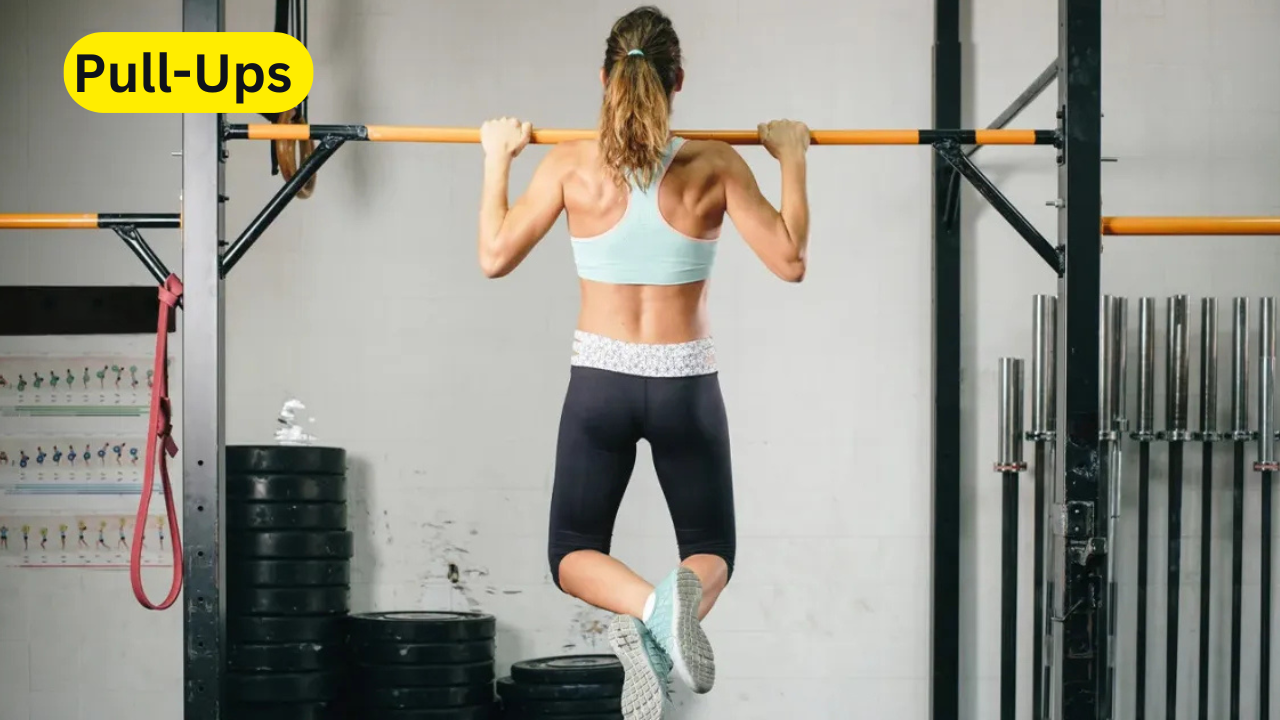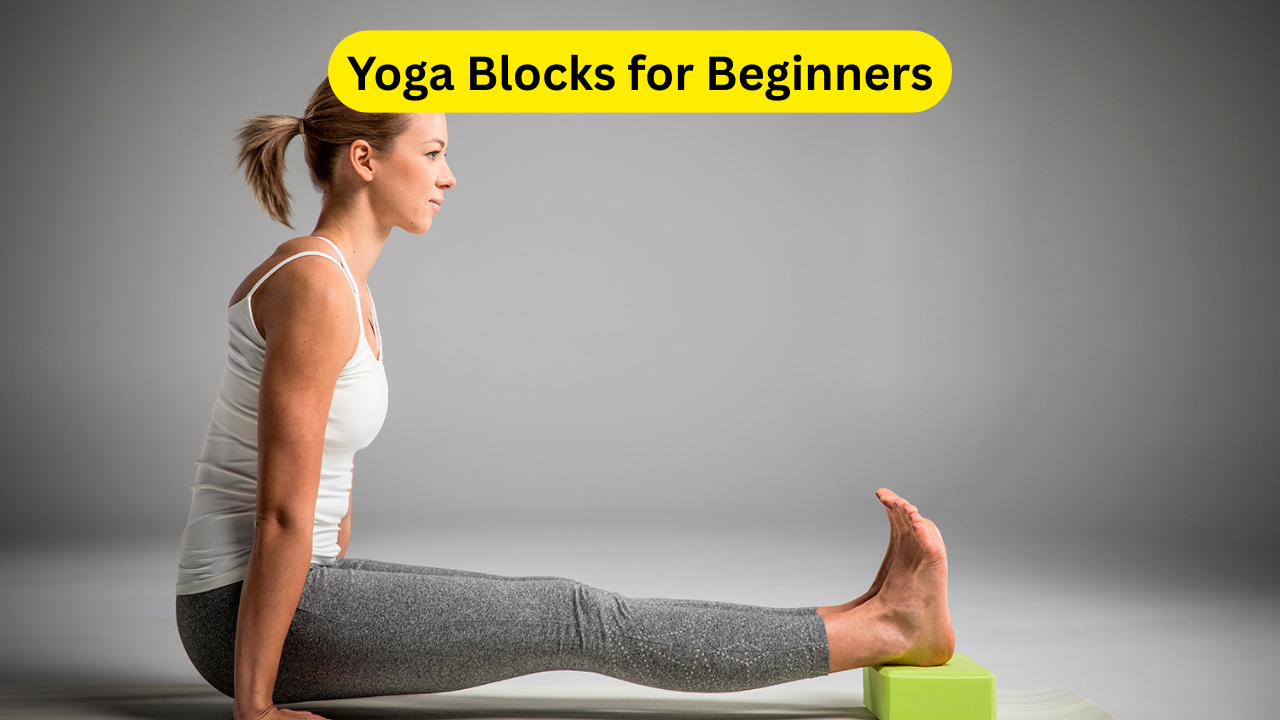Pull-Ups: When it comes to full-body exercises that build strength and improve athletic performance, the pull-up is often overlooked. While burpees, thrusters, and overhead squats are commonly associated with total body engagement, the pull-up is a powerhouse move that recruits nearly every muscle in the body. Despite its reputation for being difficult, pull-ups should not be underestimated. They are an incredibly effective movement for enhancing strength, endurance, and overall fitness. Whether you’re working on improving your posture, boosting grip strength, or enhancing your athleticism, pull-ups are an essential exercise that can help you achieve your goals.
Pull-ups primarily target the upper body, but they have a ripple effect, engaging your core, legs, and even enhancing balance. They are a bodyweight exercise, meaning that they utilize the weight of your own body as resistance, and this makes them a fantastic way to build functional strength. Many people struggle to perform a pull-up at first due to the significant amount of strength required. However, there are multiple ways to progress towards mastering this move. Incorporating different variations and working on building strength in specific muscle groups can help you get closer to doing a pull-up on your own.
In this article, we’ll explore the benefits of pull-ups, the muscles they target, and how you can work up to performing a pull-up if you’re not quite there yet. You’ll also find alternative exercises that mimic the movement pattern, allowing you to gain the same benefits and gradually build the strength needed for this challenging yet rewarding exercise.
What Muscles Do Pull-Ups Work?
Pull-ups may seem like an upper-body exercise, but they actually engage muscles throughout your entire body. Here’s a breakdown of the key muscles worked during pull-ups:
Upper Body Muscles
- Lats (Latissimus Dorsi): These are the primary muscles engaged during pull-ups. The lats help you pull your body upward and are responsible for most of the movement.
- Biceps: Located in the upper arms, the biceps play a significant role in the pulling motion.
- Forearms: Your forearms are constantly working to maintain a strong grip on the pull-up bar, engaging the muscles in the hands and wrists.
- Trapezius and Rhomboids: These muscles in the upper back help stabilize the shoulder blades as you perform the pull-up.
- Chest and Shoulders: While not the primary movers, the chest and shoulders assist with the overall pulling motion.
Core Muscles
- Abdominals: Engaging your core during pull-ups helps maintain body control and stability. This is especially important when you’re in the hanging position and pulling yourself up.
- Obliques: The obliques help stabilize your torso and prevent unnecessary swinging during the pull-up.
Lower Body Muscles
- Glutes and Quads: While not directly involved in the pulling motion, your glutes and quads activate to help maintain a controlled, stiff body as you perform the movement.
- Hamstrings: The hamstrings also help stabilize your body during the exercise.
Benefits of Pull-Ups
Pull-ups offer a variety of benefits that go beyond just building muscle strength. Here are some of the key advantages of incorporating pull-ups into your fitness routine:
Improved Posture
Pull-ups help strengthen the lats, which are key muscles for maintaining good posture. By developing these muscles, you can pull your shoulders back and avoid slouching, reducing the risk of developing back pain.
Enhanced Grip Strength
Grip strength is essential for performing daily tasks such as carrying groceries or opening jars. Pull-ups directly improve your grip, making these activities easier while also boosting performance in other sports.
Increased Sports Performance
Pull-ups contribute to a stronger, more functional core, which improves coordination and enhances athletic performance. The integration of strength across your entire body makes movements like throwing, lifting, and sprinting more efficient.
Boosted Relative Strength
Relative strength refers to the amount of weight you can lift compared to your body weight. Since pull-ups are a bodyweight exercise, being able to perform more pull-ups indicates a higher level of relative strength, which enhances overall fitness and independence.
Improved Balance
Maintaining stability while performing pull-ups requires a strong core and coordinated effort from your entire body. This leads to improved balance, reducing the risk of falls and injuries.
How to Do a Pull-Up: Step-by-Step
Performing a pull-up with proper form is essential to getting the most out of the exercise and avoiding injury. Here’s a simple step-by-step guide to help you perform a pull-up:
- Grip the Bar: Start by grabbing the pull-up bar with your palms facing away from you (pronated grip). Your hands should be slightly wider than shoulder-width apart.
- Engage Your Core: Before pulling up, engage your core to prevent your body from swinging. Keep your legs straight and squeeze your glutes.
- Pull Up: Begin by pulling your elbows down and back, leading the movement with your lats. Aim to pull your chin over the bar, keeping your chest up and shoulders down.
- Lower Slowly: Once your chin is above the bar, slowly lower yourself back to the starting position with control, resisting gravity on the way down.
Click Here: Build Muscle While You Walk? 2025
Pull-Up Variations to Try if You Can’t Do a Pull-Up Yet

If you’re not yet able to do a full pull-up, there are several variations that can help you build the necessary strength. Here are some great alternatives:
Lat Pull-Down
The lat pull-down machine mimics the motion of a pull-up, but with adjustable weight. This exercise allows you to gradually increase resistance and work on the same muscle groups.
Dumbbell Row
A standing or bent-over dumbbell row works your lats and core while allowing you to gradually build strength in the pulling muscles.
Chin-Ups
Chin-ups are a variation where your palms face towards you (supinated grip). This variation shifts some of the workload to your biceps and chest, making it a bit easier for beginners.
Neutral Grip Pull-Ups
In a neutral grip pull-up, your palms face each other. This variation is often easier for beginners and can help you gradually build the strength needed for a standard pull-up.
Banded Pull-Ups
Band-assisted pull-ups use a resistance band to help support some of your bodyweight, making the pull-up easier to perform. Gradually decrease the band thickness as you get stronger.
Also Read: Audi R8 Potential Comeback Everything We Know So Far
Pull-Ups Conclusion
Pull-ups are an incredibly effective exercise for building upper body strength, improving posture, and enhancing athletic performance. Although challenging, the benefits of being able to perform a pull-up are worth the effort. By following a consistent training regimen and incorporating variations, you can gradually build the strength needed to perform pull-ups with proper form. Whether you’re a seasoned athlete or just starting your fitness journey, pull-ups are an essential movement to add to your routine for overall strength and functionality.
Pull-Ups FAQs
1. Why are pull-ups so difficult? Pull-ups are challenging because they require significant strength from the upper body, core, and even lower body. Many beginners struggle because the movement demands more than just arm strength—it requires coordination and control over your entire body.
2. How can I make pull-ups easier if I can’t do one yet? Start with variations such as lat pull-downs, chin-ups, or band-assisted pull-ups to build the strength needed for a full pull-up. Over time, you can gradually reduce assistance and work on improving your technique.
3. How often should I do pull-ups to see results? Aim to include pull-ups or their variations in your workout 2-3 times per week, allowing for recovery between sessions. Consistency is key for building the strength necessary to perform more pull-ups.
4. Can pull-ups help with posture? Yes! Pull-ups target the lats, which play a significant role in improving posture by pulling your shoulders back and preventing slouching.
5. How long does it take to get good at pull-ups? The time it takes to perform a pull-up depends on your current strength level and how consistently you train. With dedication and progressive training, most people can achieve their first pull-up within 3-6 months.
By understanding the benefits of pull-ups and how to properly perform them, you can significantly enhance your fitness routine and work toward achieving this full-body exercise.









